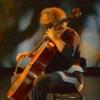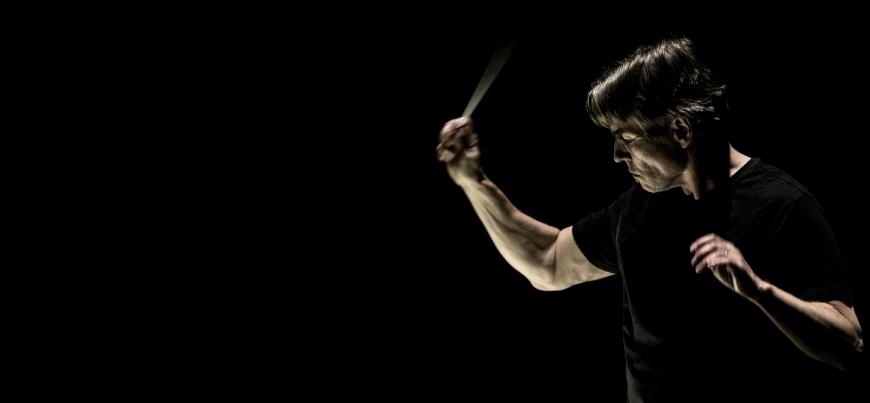
Not many people thought that Esa-Pekka Salonen would ever want another music director job in America, let alone take one. His intention from the beginning was to be a composer who also conducts, as opposed to the other way around, and he had already spent 17 seasons as the music director of the Los Angeles Philharmonic and another decade-plus as the principal conductor of the Philharmonia in London. It was thought that he had put in his time, that he wanted to be rid of all of the responsibilities of being a music director to concentrate upon leaving a bigger legacy on music paper or composing software.
But then, the San Francisco Symphony beckoned with an irresistible offer to be on the cutting edge of what an orchestra can be — and lo, to the surprise of many, Salonen signed on. He would be in the middle of his first season as music director by now, but no thanks to COVID-19, Bay Area music lovers still haven’t been properly introduced to their interesting new conductor.
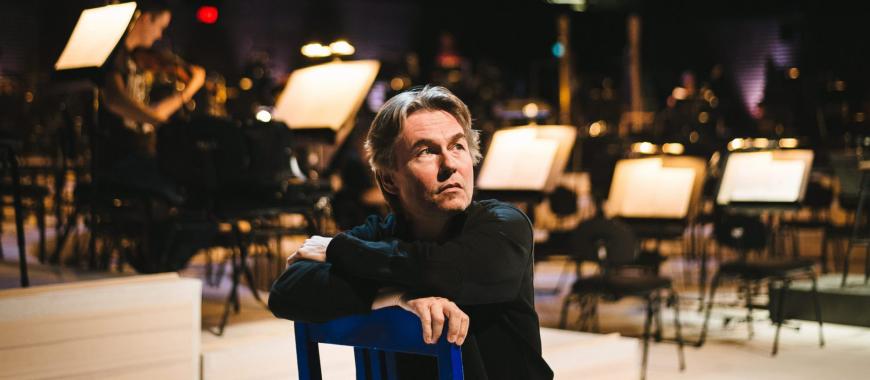
We in Los Angeles, of course, know him quite well. Salonen made his North American debut at 26 right here in 1984, immediately impressing people with his fluid conducting technique and penchant for the new. It soon became obvious that he was being groomed to take over the LA Phil someday. Some of that grooming was premature, leading to conflicts with management that drove André Previn out of Los Angeles in 1989 and left the orchestra rudderless for a few years.

But when Salonen finally took the podium in 1992, he brought on a transformation of the orchestra, raising the level of playing and freshening the repertoire, which began to lean more toward new and recent music. He was a driving force in getting Walt Disney Concert Hall built after it had seemingly stalled for good — and when the future-world hall opened in 2003, that kicked the progressive evolution of the orchestra into a higher gear. He described himself as a “shy Finn” at first — and a cerebral one at that — but as he warmed to Los Angeles, his marvelously dry wit began to bloom.
As a composer, Salonen has evolved considerably as he got used to having the resources of big-league symphony orchestras at the tip of his baton. The cerebral Finn dedicated to the rigorous abstractions of the European avant-garde has given way to a more open, opulent, colorful, and yes, audience-friendly cosmopolitan. With the passing of Pierre Boulez from the scene, Salonen has to be seen as concert music’s leading composer-conductor.
So as we wait for live music performance restrictions to drop away, at least there are recordings and the web to give you an idea of what EPS has been up to. Here is a sampling of what’s out there:
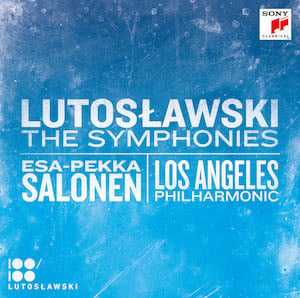
Lutosławski: The Symphonies — Los Angeles Philharmonic (Sony, 2 CDs, 1985–2013), Symphony No. 4 — Los Angeles Philharmonic (C-major DVD, 2019). Salonen was, and is, one of the late Polish composer’s leading advocates, as well as his friend. Indeed, the very first piece that Salonen conducted in his North American debut was Lutosławski’s then-new Symphony No. 3 — a really bold choice. EPS eventually recorded all four symphonies with the LA Phil, finally completing the cycle in 2012 with a scintillating Symphony No. 1 for the 2013 Lutosławski centennial. Check out his latest thoughts on the Symphony No. 4 in the DVD of the LA Phil’s own centennial concert.
Olivier Messiaen: Turangalila Symphonie — Paul Crossley (piano), Tristan Murail (ondes martenot), Philharmonia Orchestra (Sony, 1986). One of Salonen’s earliest recordings — once coupled on CD incongruously with Lutosławski, but now better off on its own — this is high on the list of the most dynamic, exciting performances of Messiaen’s gigantic ten-movement extravaganza for symphony orchestra, piano, and the out-of-this-world electronic swoops of the ondes martenot.

A Nordic Festival — Swedish Radio Symphony Orchestra (Sony, 1990). Rather than focus on one particular composer from Salonen’s home region, explore this fascinating Salonen grab-bag of pieces from every country of the North. There are familiar favorites like Sibelius’ Valse Triste and Finlandia, Hugo Alfvén’s Swedish Rhapsody No. 1, and Grieg’s Sigurd Jorsalfar but also excerpts from Carl Nielsen’s opera Maskarade, Armas Järnefelt’s Berceuse, and most startling of all, Iceland’s Jon Leifs’ Geysir — which violently depicts exactly what you think it would.
Sensemayá: The Music of Silvestre Revueltas — Los Angeles Philharmonic and New Music Group (Sony, 1998). Perhaps intended as a gesture to the coveted potential Latino audience in SoCal pre-Dudamel, these sessions produced a splendid album of the best-known pieces and some rarities by the quirky, iconoclastic Mexican composer Silvestre Revueltas. There is a truly sinister Sensemayá at a crawling tempo, a sizzling La Noche de Los Mayas, and he gets the barbed wit of the Garcia Lorca suite.
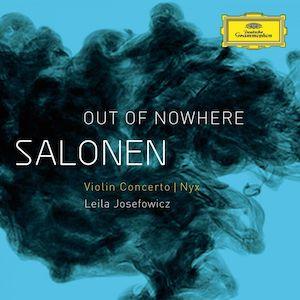
Esa-Pekka Salonen: Out of Nowhere — Leila Josefowicz (violin), Finnish Radio Symphony Orchestra (Deutsche Grammophon, 2012). Salonen’s Violin Concerto is the easiest entryway I know of to his collection of orchestral pieces that have been written since his breakthrough piece, LA Variations. It’s a difficult slog for the soloist — although it didn’t scare Josefowicz, who played it from memory (accurately!) within two weeks of receiving the score — but not for the listener, especially the wild, big-band-jazz-tinged fantasy of a third movement and the long, melancholy finale which some felt was EPS’s farewell to the LA Phil when it was unveiled in 2009.
Shostakovich: Orango Prologue, Symphony No. 4 — Los Angeles Philharmonic (Deutsche Grammophon, 2 CDs, 2012). Salonen came late to the music of Shostakovich, but once he started exploring the works of the composer’s avant-garde youth before Stalin cracked down, he became a convert. This release made some news — the first recording of the then-recently discovered madcap prologue to Orango, a projected unfinished opera about journalists, apes, and communists. The sprawling, biting, experimental Symphony No. 4 from around the same time is an appropriate companion as Salonen responds well to its sarcastic wit and ferocious noise.
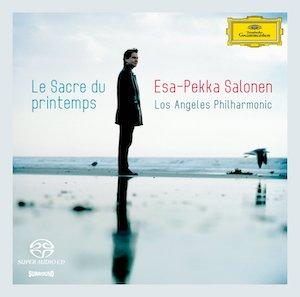
Stravinsky: Le Sacre du Printemps — Los Angeles Philharmonic (Deutsche Grammophon, 2006). Le Sacre became one of Salonen’s signature showcases while he was in L.A.; indeed, the piece occupied the second half of the hall’s inaugural concert. Salonen taps directly into the DNA of the Phil — which has a history of recording with Stravinsky himself — and takes a cool, violent approach not unlike that of the composer, but with a more streamlined feeling and cleanly-recorded detail. Oh, if only Stravinsky could have recorded with this LA Phil! You also get Bartók’s concert version of The Miraculous Mandarin and the original version of Mussorgsky’s Night on Bald Mountain as frisky companion pieces. An earlier EPS recording of Le Sacre with the Philharmonia, one that steps on the accelerator a bit harder, is also worth hearing (Sony).
Be sure to check out Esa-Pekka’s Twitter feed (@esapekkasalonen). Salonen’s dry wit can often be savored in his frequent tweets about upcoming or current performances, music in general, and other random topics.




